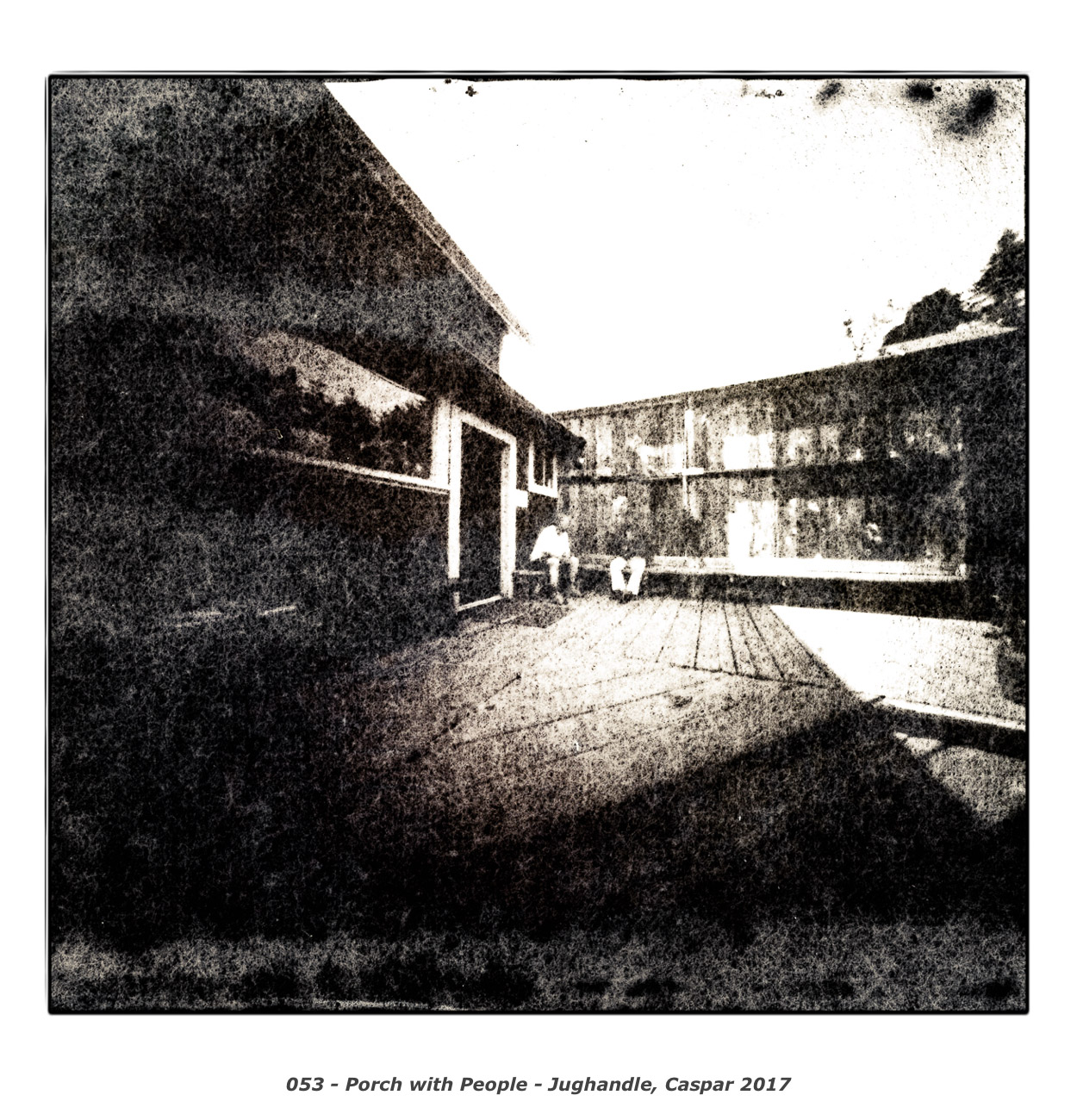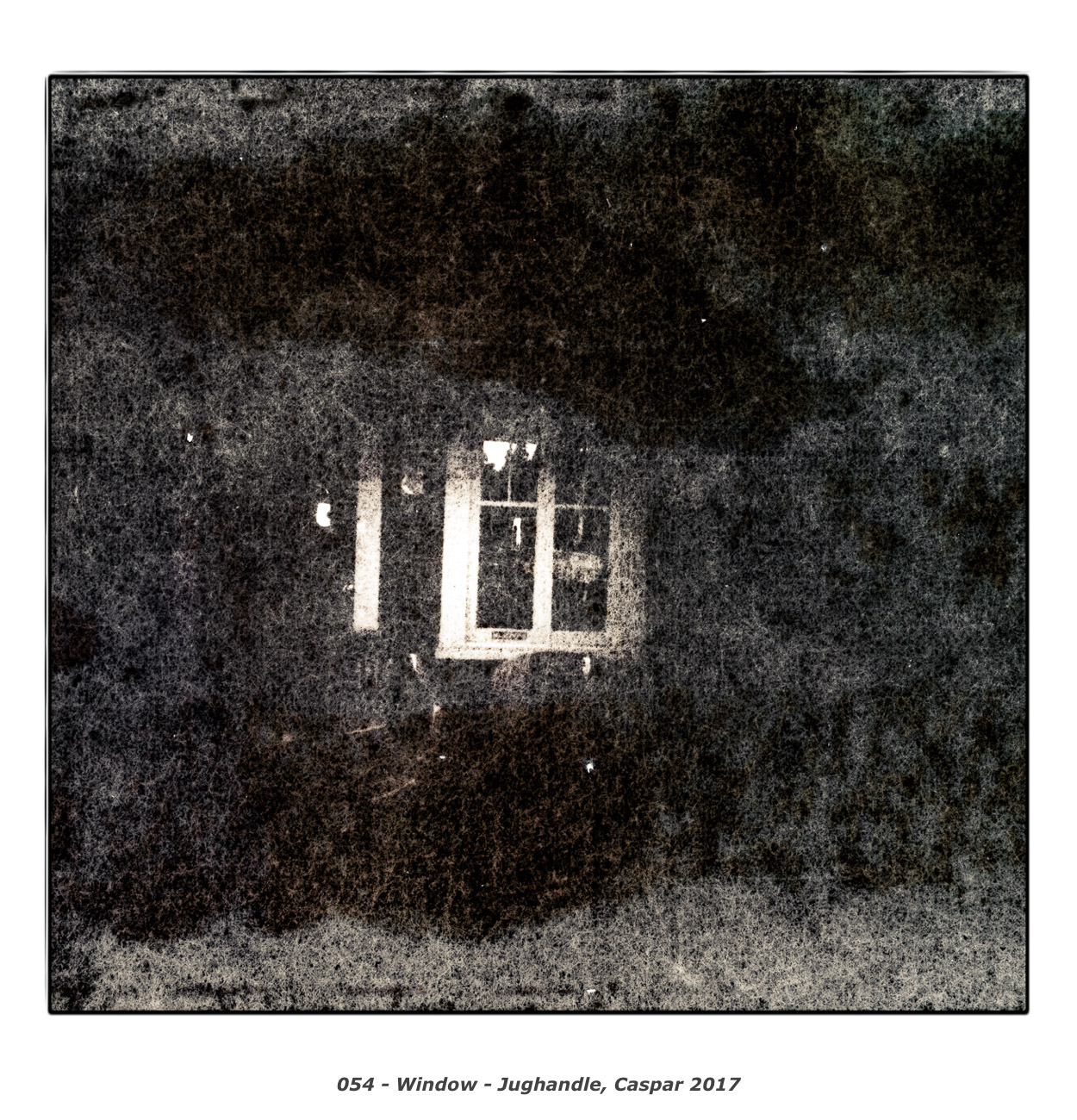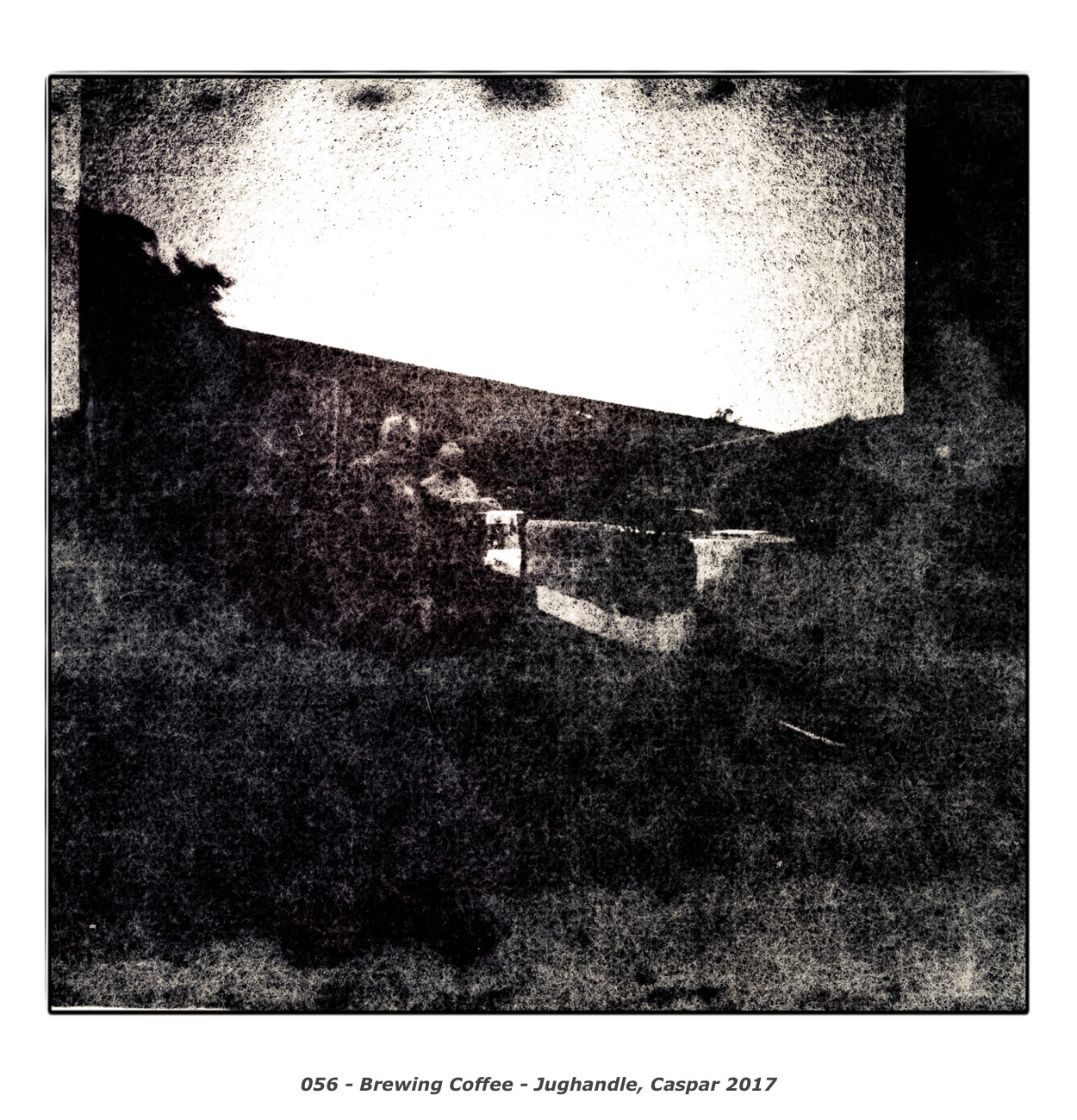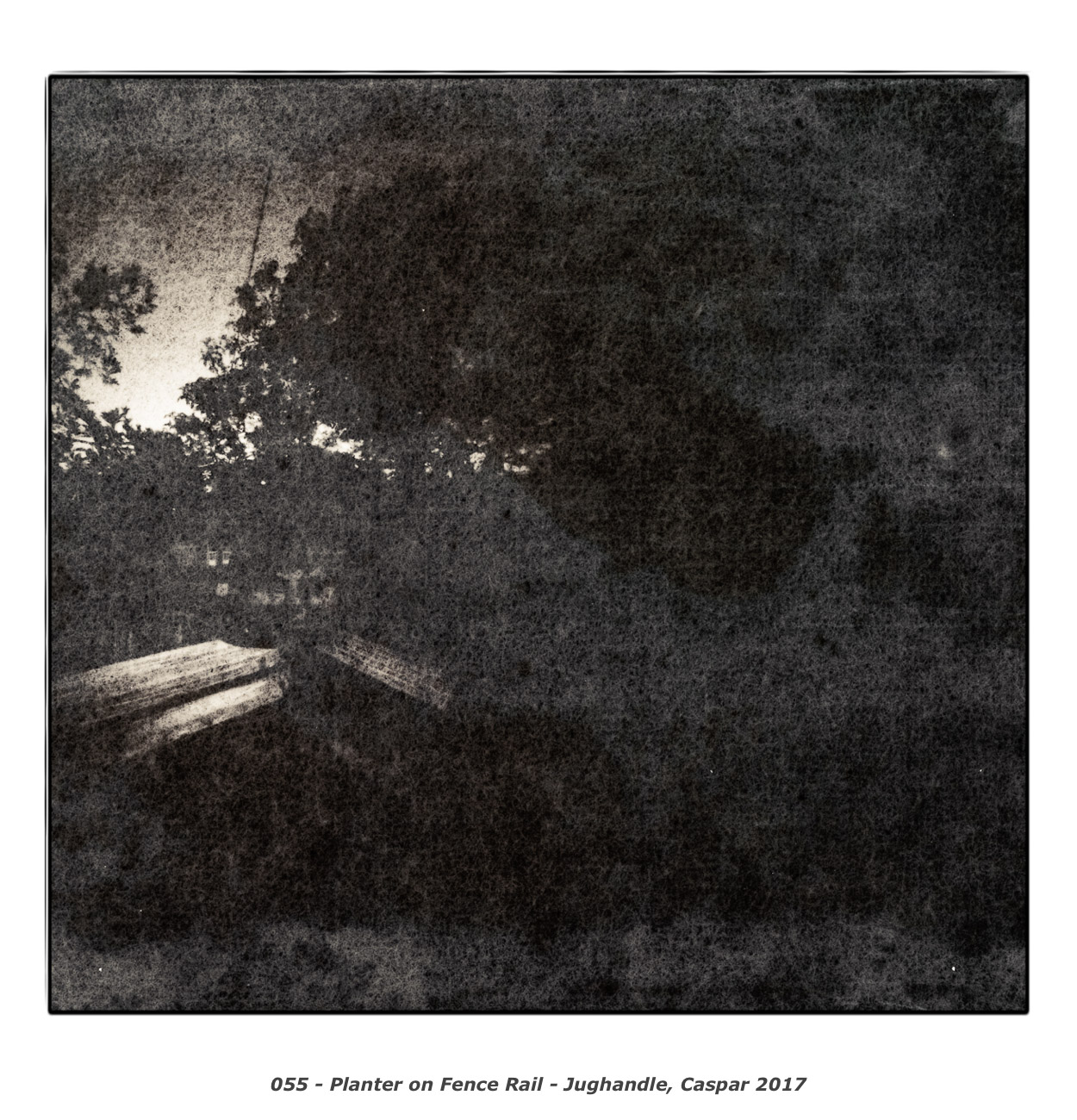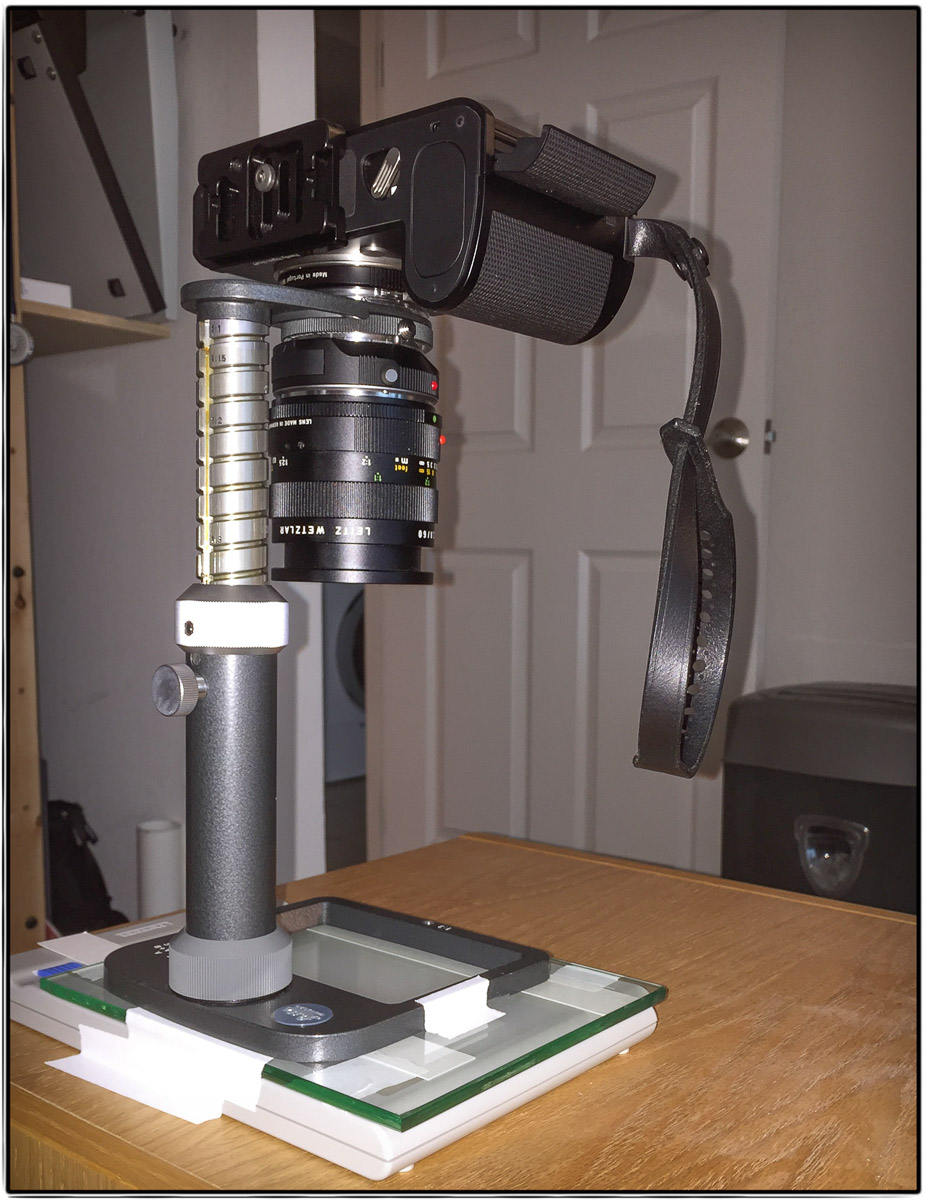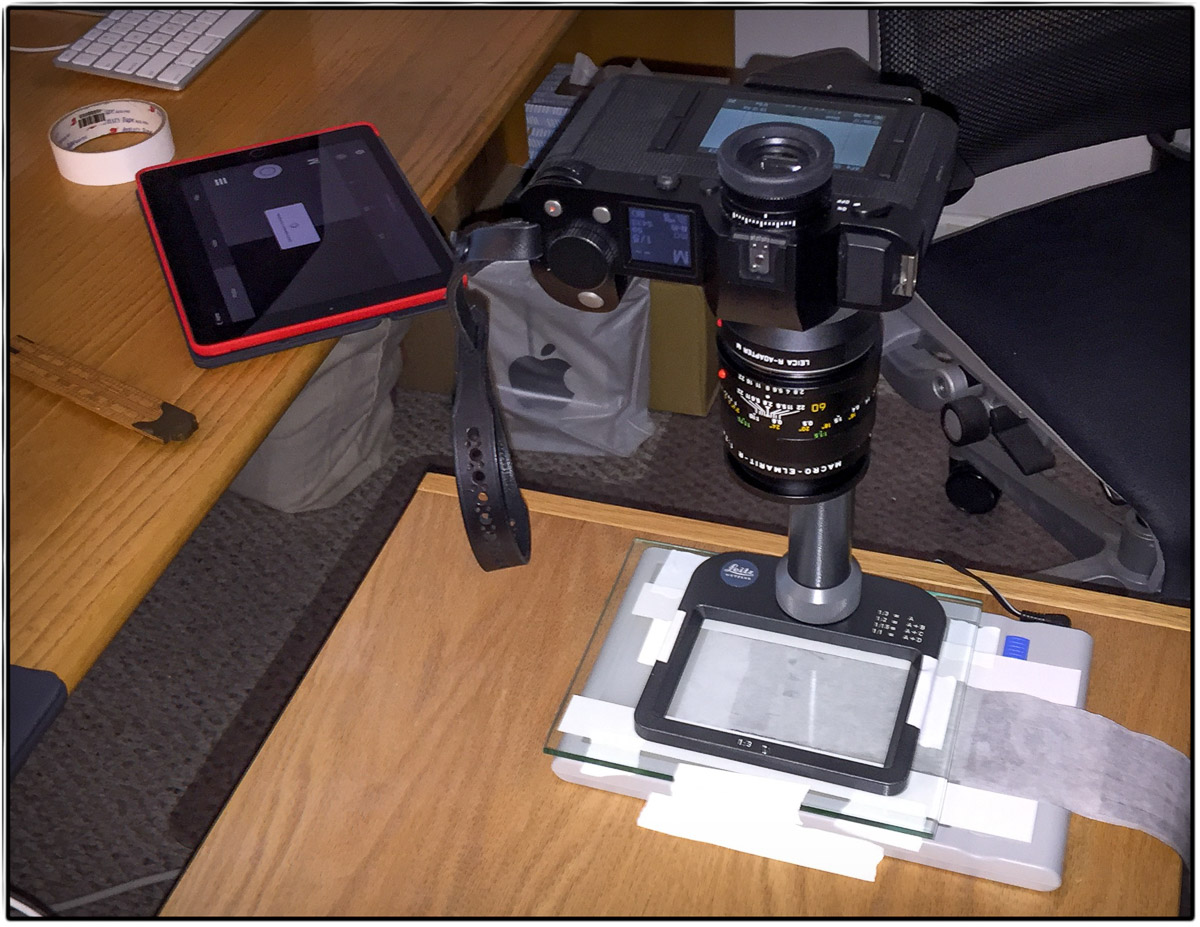Second roll of Washi 120 ...
Second roll of Washi 120 ...
Second roll of Washi 120 ... Much better results and I've learned a bit.
All of these exposures were made with the Hasselblad 500CM using either the Makro-Planar 120/4 or Distagon 50/4 lens. I metered using ISO 10 as a baseline except for the first two images, which were overexposed 1 stop as a test. Looking at the results, I'd say the right ISO setting for this film is between 3 and 5.
I processed this time in a paper developer, Ilford Multigrade Developer, for 3 minutes at 68°F, fixed for 5 minutes, and washed for a full 15 minutes.
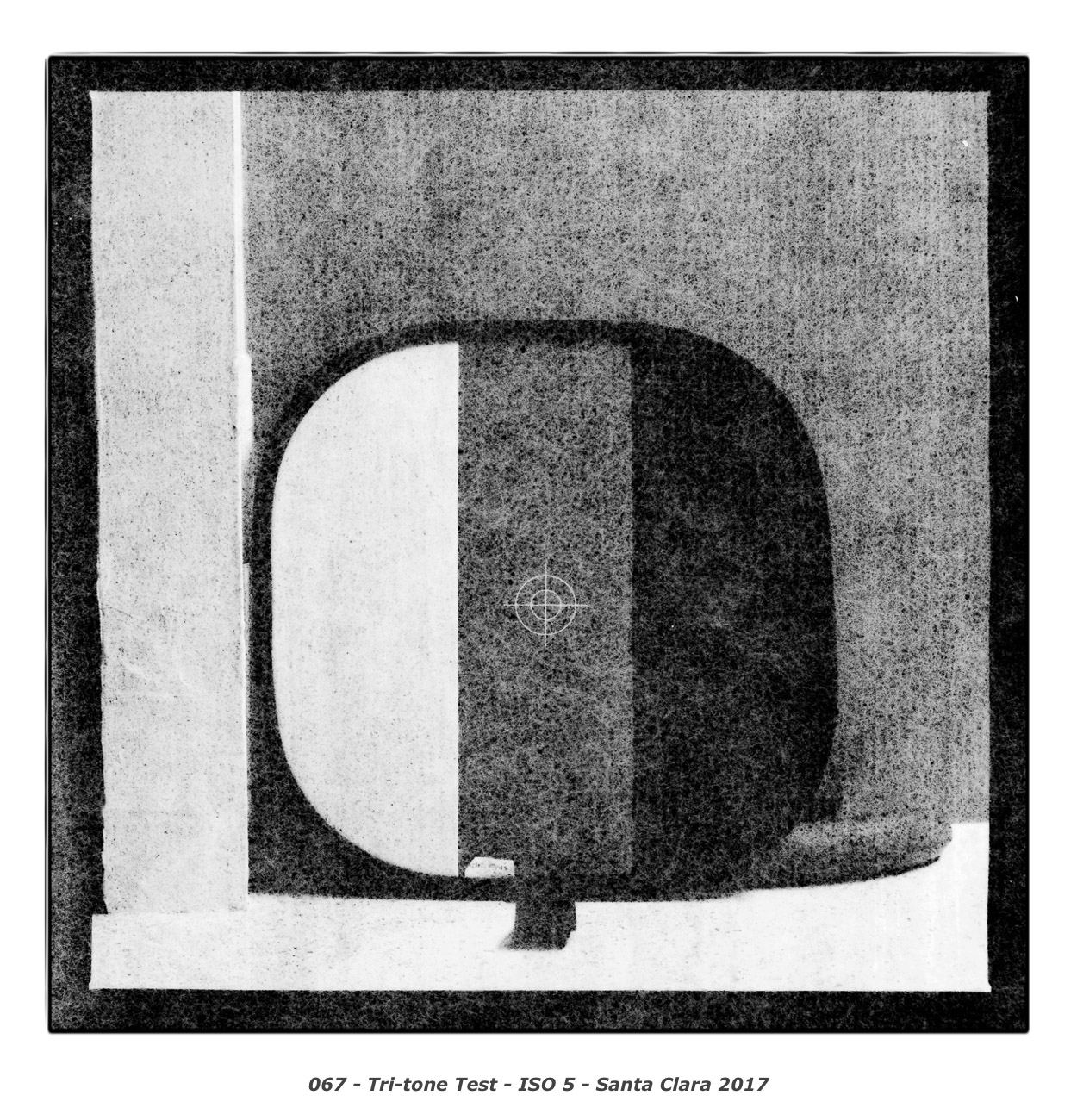
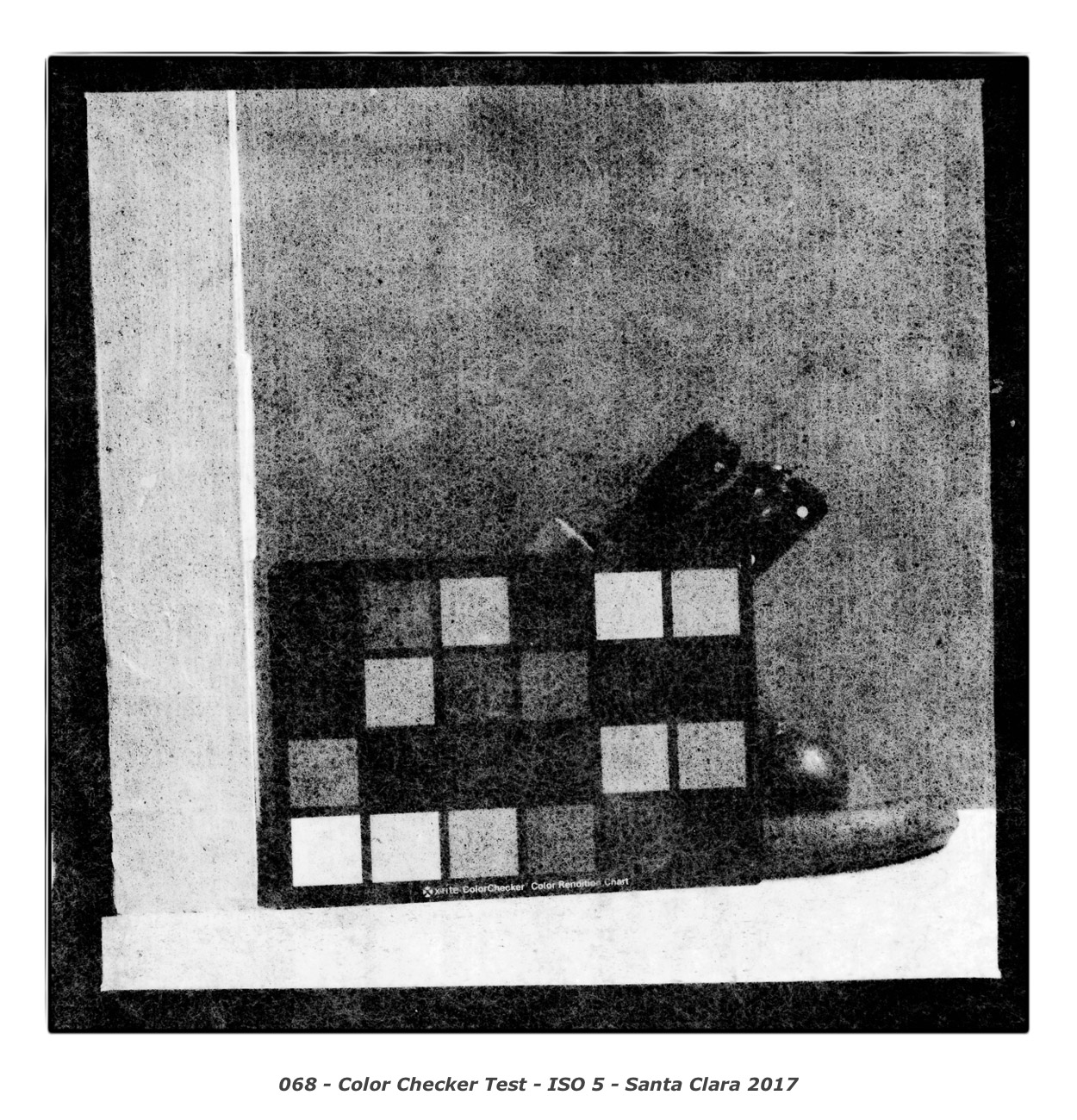
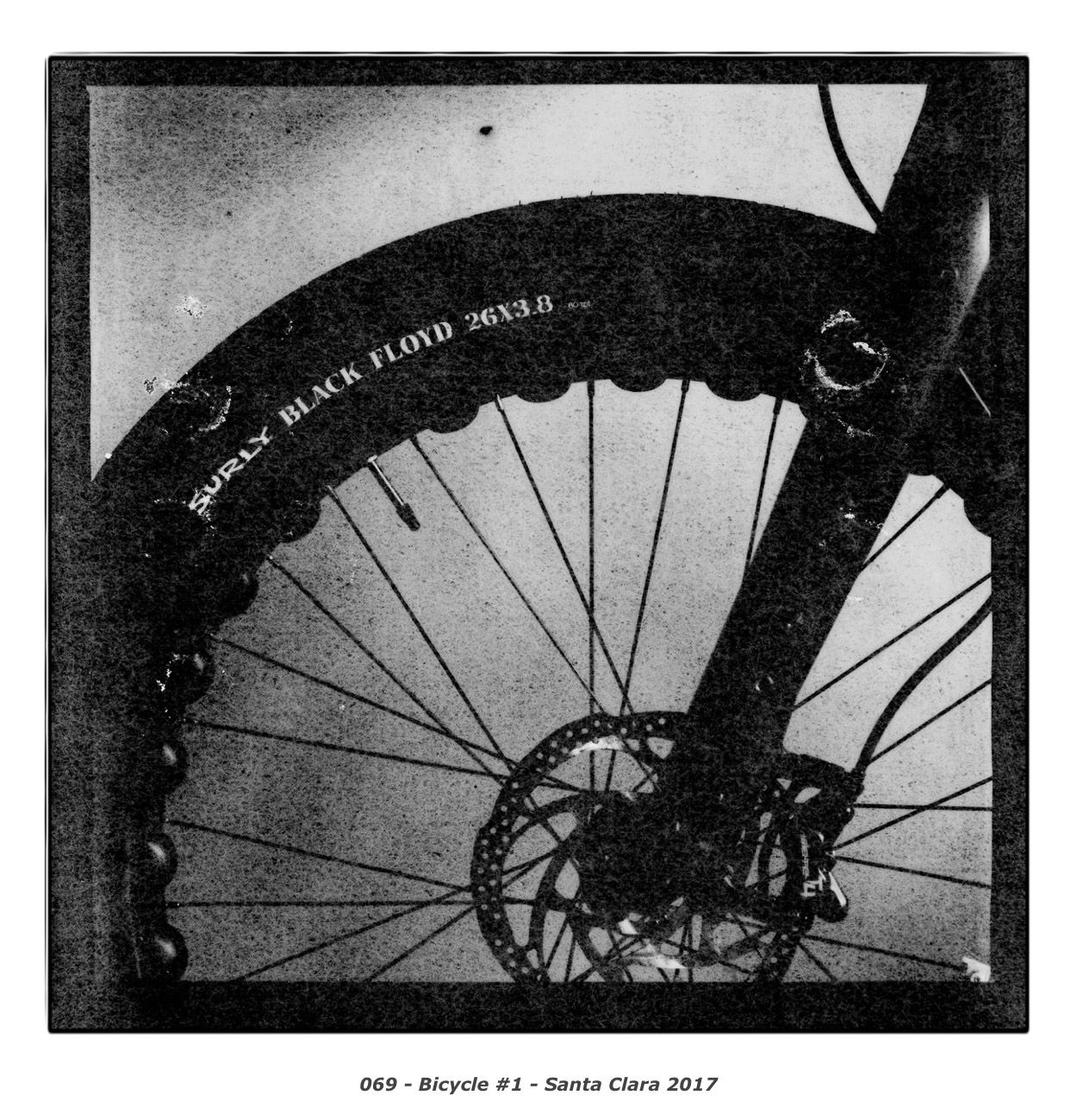
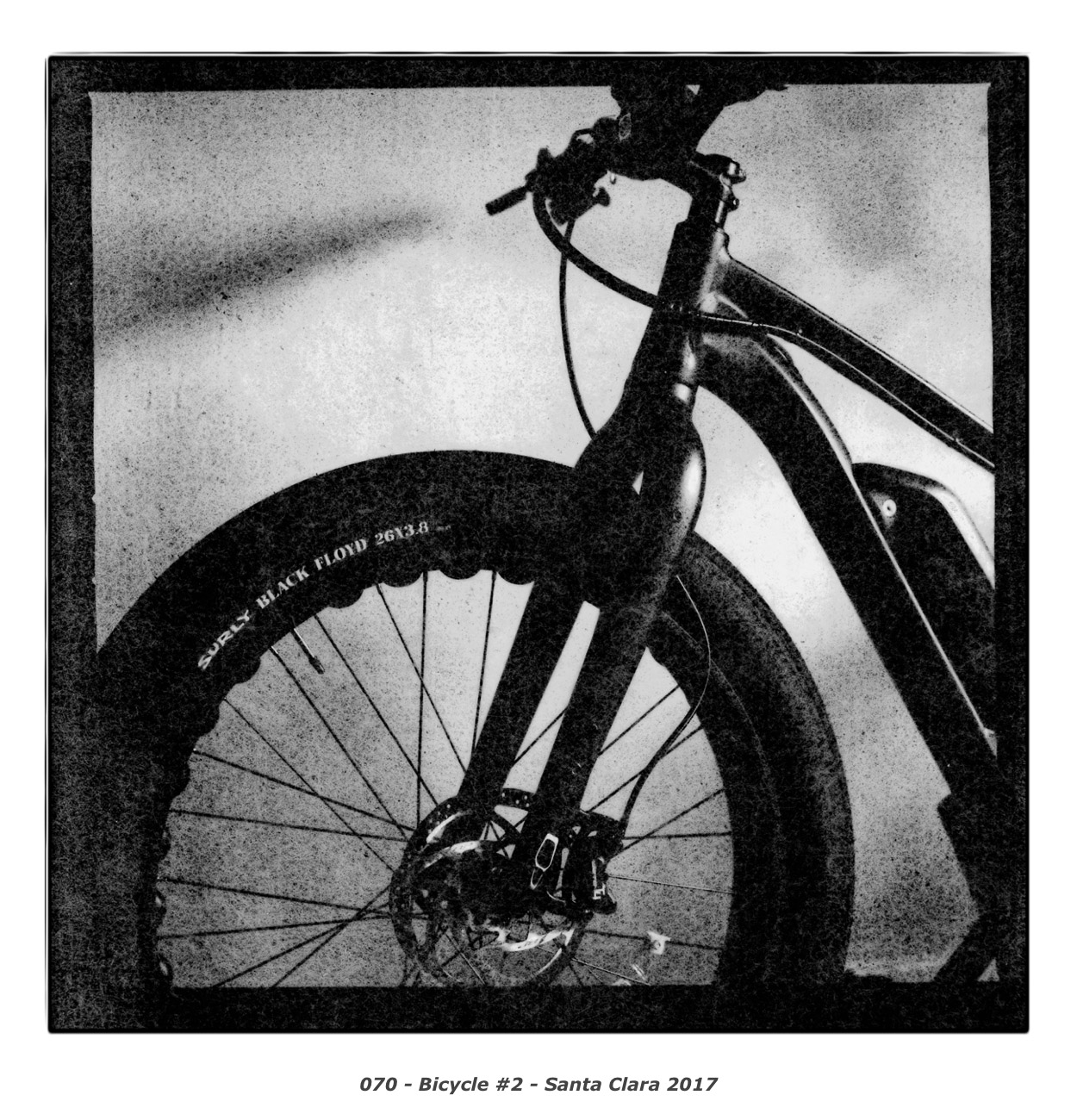
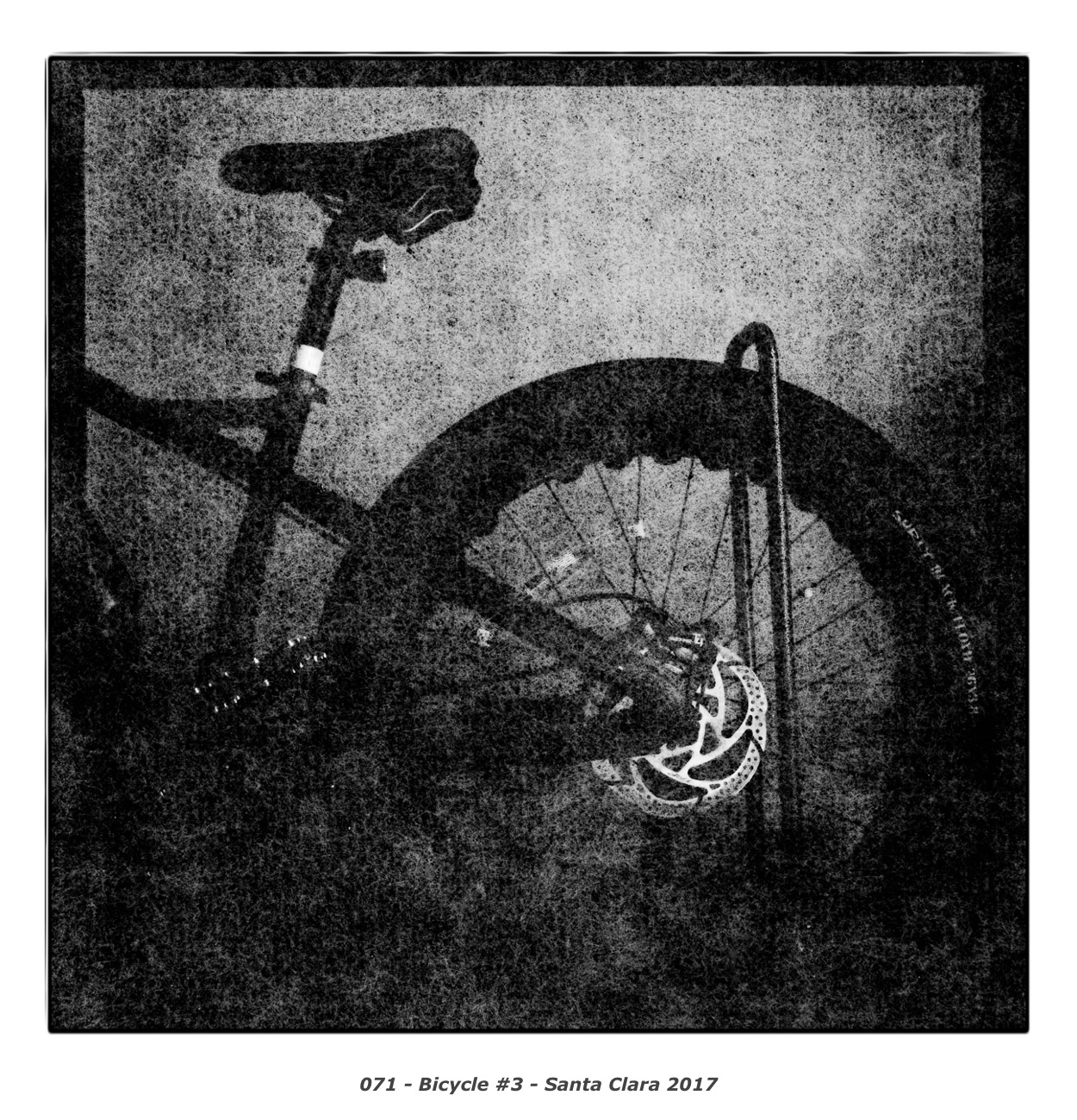
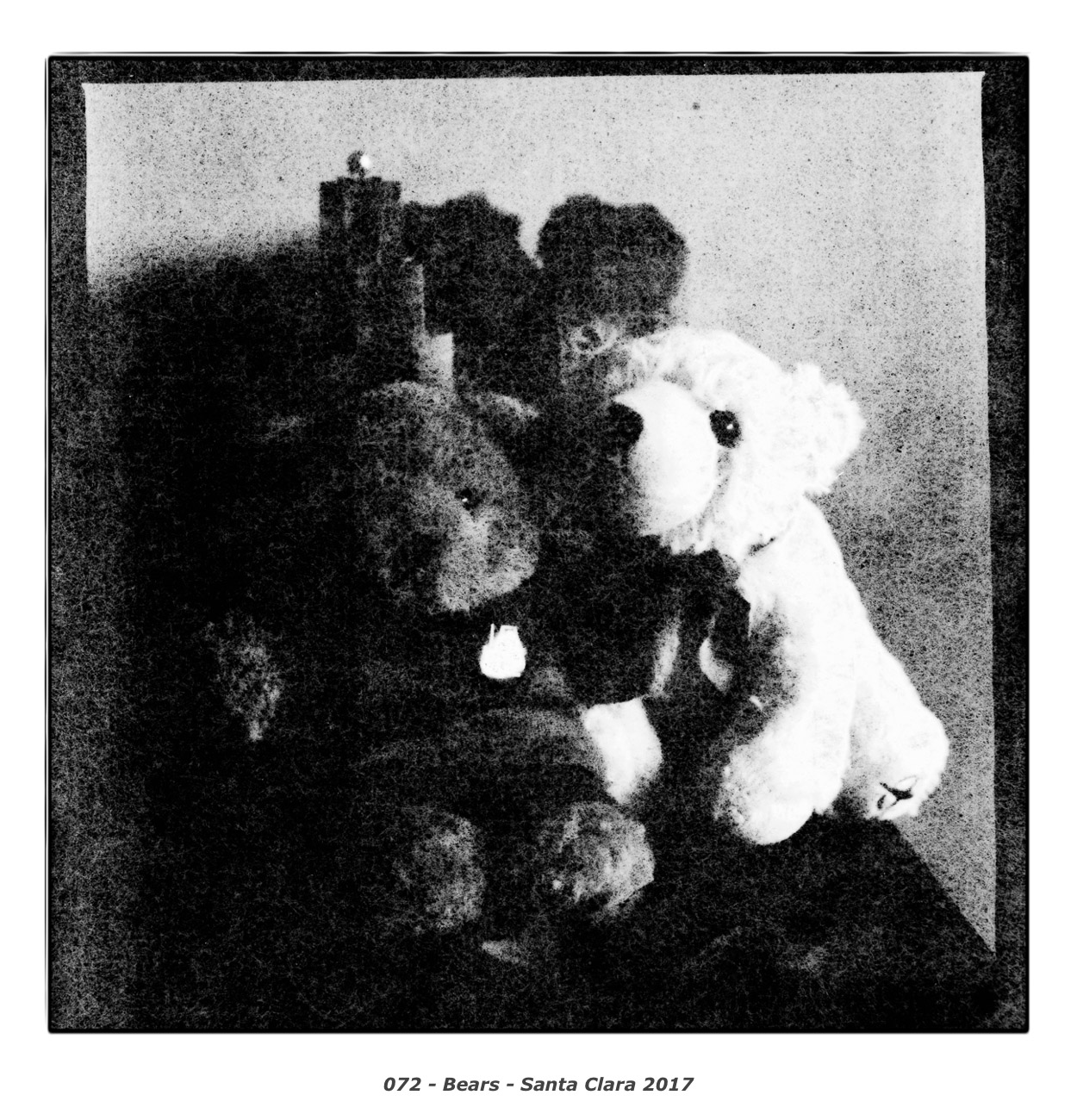
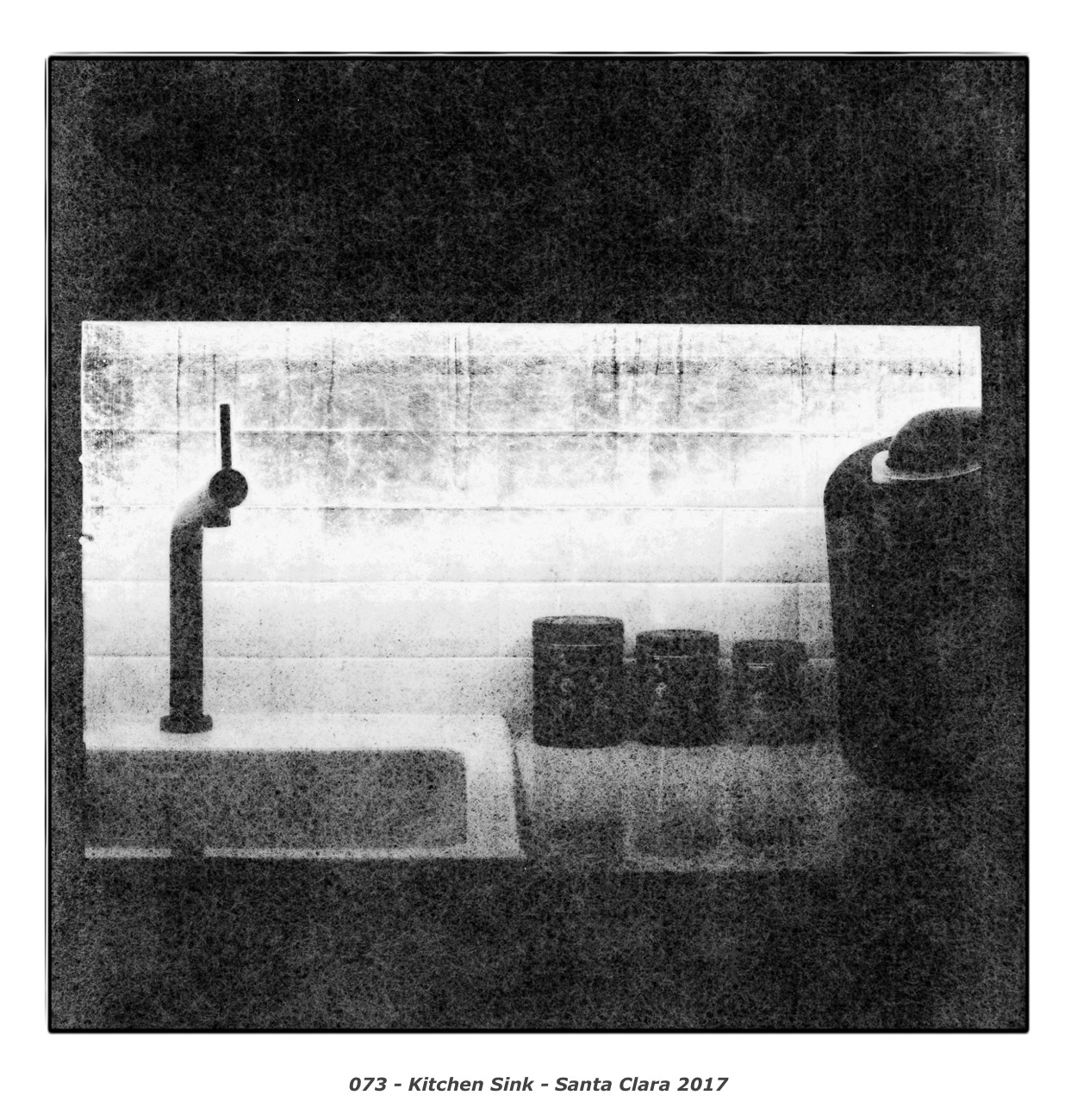
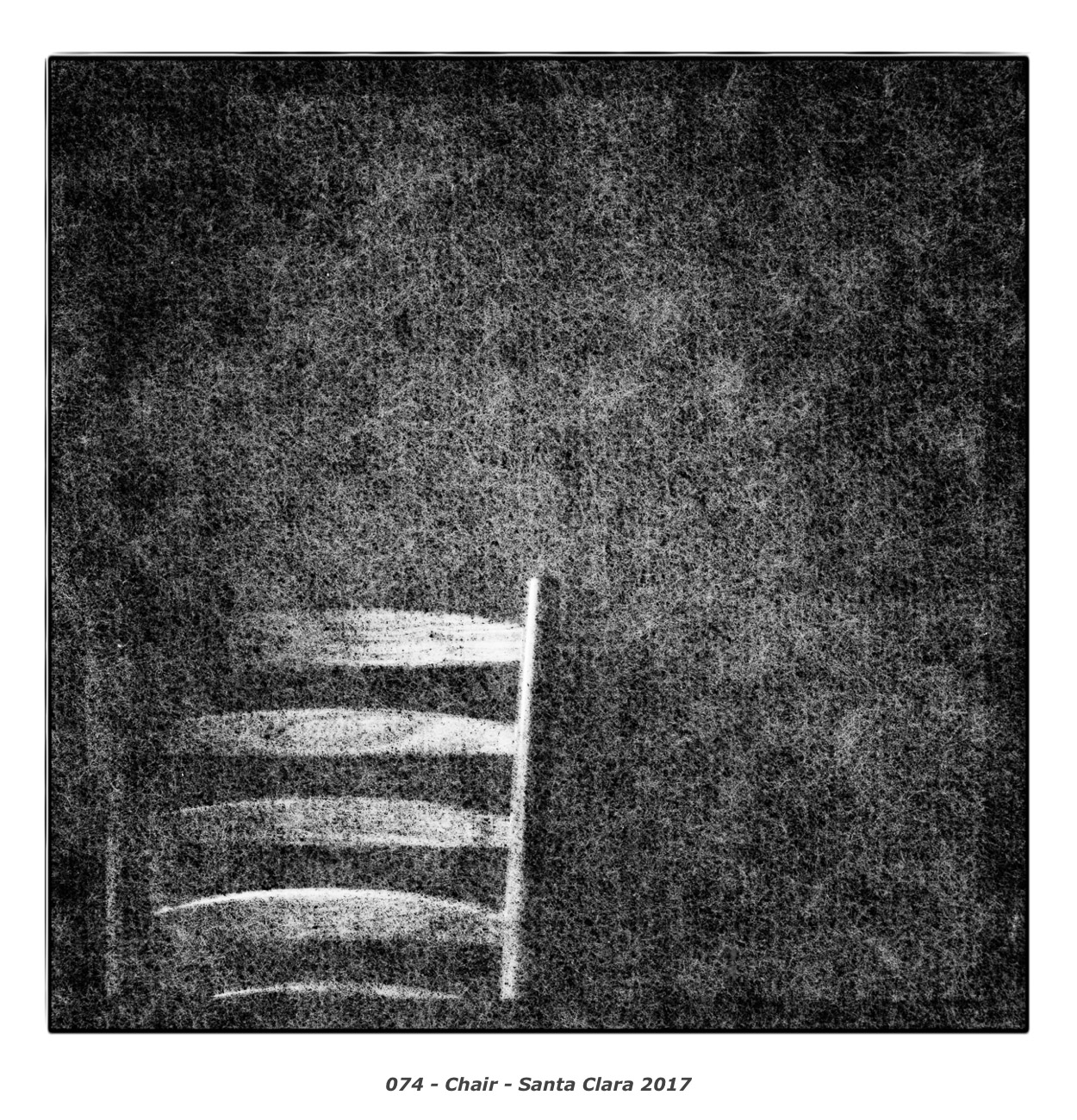
The negatives were scanned by shooting through them on a flat panel light box, capturing the images with the Leica SL and a Macro-Elmarit-R 60mm f/2.8 lens. I used a BEOON copy stand to support the camera and lens, racked out pretty much as far as it will go for maximum elevation to capture the full frame. The SL (with fw v3) has a full time electronic shutter for no vibration and I controlled it from my iPad for the capture sequence.
Because the Washi 120 film is paper and tend to be wavy/curly after processing and drying, I made a thick paper channel under a glass plate to pull the film through using a couple of bits of 300gsm paper. I used Art Tape to secure everything in position for the capture, which takes a few minutes but allows me to make the captures themselves in about 1/10 the time: just pull the film through the channel and snap a photo of each frame.
The capture setup is shown below.
To process the copy captures, I created a special camera calibration profile matched to the Washi 120 film that does the image inversion and gamma curve correction with DNG Profile Editor and added it to Lightroom's profiles. Processing then means importing the images, applying the special profile, making whatever minor tweaks are necessary to bring all the images into approximate rendering range, then exporting to 16bit TIFF (auto-importing the export back into LR). Finish rendering is applied to the TIFF files, which are then processed for frame and other details.
Fun stuff. I think I know how to work the film now, the next roll should have some more interesting photos...
onwards!
G


